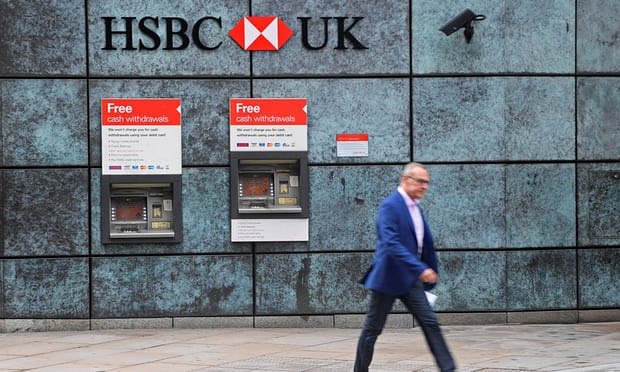
HSBC has revealed that it has a gender pay gap of 59% with male employees being paid significantly more than their female counterparts. In addition to having a large gender pay gap in relation to “basic” salaries, HSBC have also disclosed an even larger mean gender bonus gap of 86%. The pay gaps exist despite women making up over 50% of the HSBC workforce and the bank have suggested that they are due to the majority of senior positions in the company being held by men.
Britain has had legislation in place for over 50 years preventing inequalities in pay between men and women however, gender pay disparities remain an issue and over recent years the issue has attracted significant public attention with the effectiveness of the legislation being called into question. Whilst the government have not made any changes to the existing legislation they have introduced obligatory gender pay reporting procedures for all employers with over 250 employees.
Since April 2017, The Equality Act 2010 (Gender Pay Gap Information) Regulations 2017 have placed larger employers under an obligation to publish a report showing any gender pay gaps which exist within their workforce. The report is due annually and captures both public and private sector employers. Employers who are caught by the Regulations have to produce their reports showing the outcomes of six calculations into gender pay gaps with the results being published on the employer’s own website and a government website within 12 months. The metrics which an employer has to report are:
• the difference between the mean hourly rate of pay of male full-pay relevant employees and that of female full-pay relevant employees ( ‘the mean gender pay gap’);
• the difference between the median the mean hourly rate of pay of male full-pay relevant employees and that of female full-pay relevant employees (‘the median gender pay gap’);
• the difference between the mean bonus pay paid to male relevant employees and that of female relevant employees (‘the mean gender bonus gap’);
• the difference between the median bonus pay paid to male relevant employees and that of female relevant employees (‘the median gender bonus gap’)
• the proportions of male and female relevant employees paid bonus pay (‘the proportions of men and women getting a bonus’); and
• the proportions of male and female relevant employees in the lower, lower middle, upper middle and upper quartile pay band (‘the proportion of men and women in each of four pay quartiles’).
Calculations for the pay gap metrics are to be based on a single pay period around the “snapshot date” of 5 April (private and voluntary sectors) or 31st March (public sector), while bonus gap metrics cover the whole year up to the relevant date.
Employers have the option to provide a narrative with their calculations in order to explain the reasons for the results and give details about actions that are being taken to reduce or eliminate the gender pay gap. In relation to their report, HSBC have said that it will be taking a number of steps to reduce the pay gap including committing to an “aspirational target” of women holding 30% of senior roles by 2020.
Although employers with fewer than 250 employees do not have to publish a gender pay gap report, they can if they want to. It can most definitely be an interesting exercise!
If you would like to learn more about gender pay gap reporting then please feel free to contact one of our Advisors on 01274 864999.